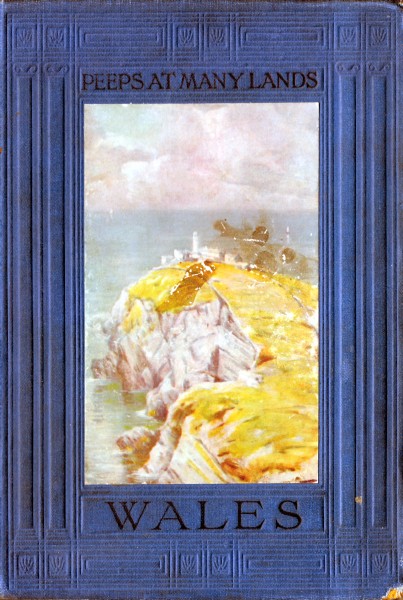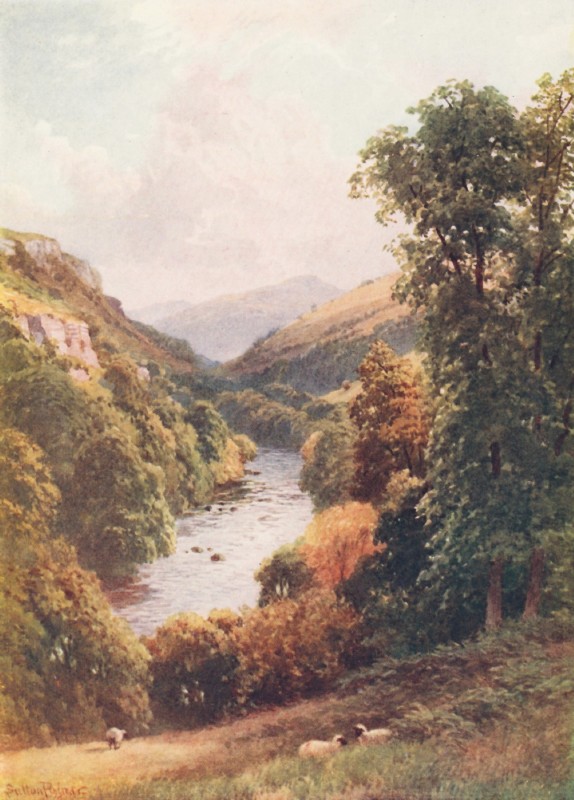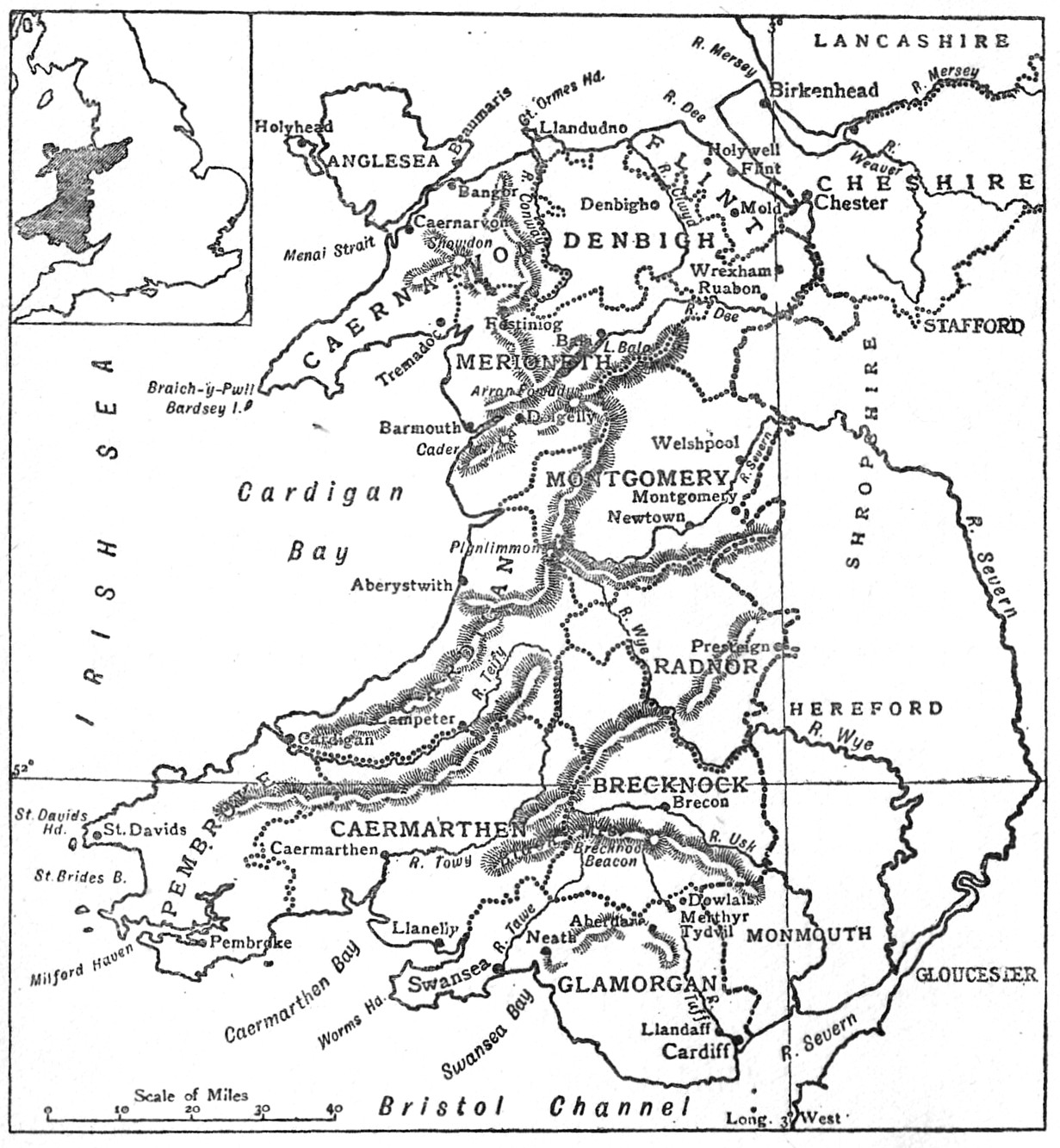 |
|
||
| Kellscraft
Studio Home Page |
Wallpaper
Images for your Computer |
Nekrassoff Informational Pages |
Web
Text-ures© Free Books on-line |
|
PEEPS
AT MANY LANDS
WALES BY E. M. WILMOT-BUXTON F. R. Hist. S. AUTHOR OF "BRITAIN LONG AGO," ETC. CONTAINING TWELVE FULL PAGE ILLUSTRATIONS IN COLOUR LONDON ADAM AND CHARLES BLACK 1911   THE STACK, HOLYHEAD CONTENTS
 ABEREDW AND BLACK MOUNTAINS  Sketch-Map of Wales INTRODUCTION
THESE peeps at Wales will take us into a country busy with its various industries of coal-mining, slate-quarrying, and wool manufacture, yet one which, in spite of its modern developments and trade interests, has never lost the magic and glamour of an earlier age. Every country-town, almost every hill and mound in the district, has its legend, its romance, which lives in the hearts of an intensely patriotic and imaginative people, and blends the past and the present into one. This is the reason why, in these peeps at various spots in Wales, we have often chosen those unknown to the tourist, but interesting to those who care for the people as well as for the place, because of some legend or history that paints, as nothing else can do, their life in the days of old. Romance broods over all: the spell of the wizard Merlin has touched vale and hill; Arthur and his Round Table, though belonging originally to the sister-country of Brittany, has migrated hither and left his name and those of his Knights in every part of the land; Taliesin, the marvellous child-bard, still sings beyond the mountain-peaks. The actual history of Wales, too, stained with blood though it often is, has its romance as well; for what can be more romantic than the hopeless struggle for a lost cause as carried on by the last Llewelyn and by the brave Glendower? By its many "caers," or forts, its ruined castles, its well-made roads, it speaks of a history of constant struggle and rebellion against superior forces—the struggle of the Celt against the Saxon, the rebellion of the freeborn against the conqueror. Some of this history, some of these traditions, we shall read in these pages as we visit the places with which they are connected; and because of these we shall have to turn our backs upon many a spot, better known and more frequented than those we have chosen, but, perhaps, for that very reason, less interesting, since, owing to the crowds of English tourists which beset them, they have lost much of their Celtic character. And let not those of us who "have no Welsh" be daunted by the apparent difficulty of pronouncing the names of these places. A Welshman will tell you that his language is "phonetic"—that is, pronounced exactly as it is spelt! Nor is this rule misleading if we will but bear in mind that dd is sounded like the English th in breathe, that ff is f, and f is v. W is sounded like oo; y is u if it comes early in the word, and i if later; aw is ow; and ll is best pronounced, on one authority, by pressing the tongue against the front teeth and breathing hard.
E. M. W.-B. |